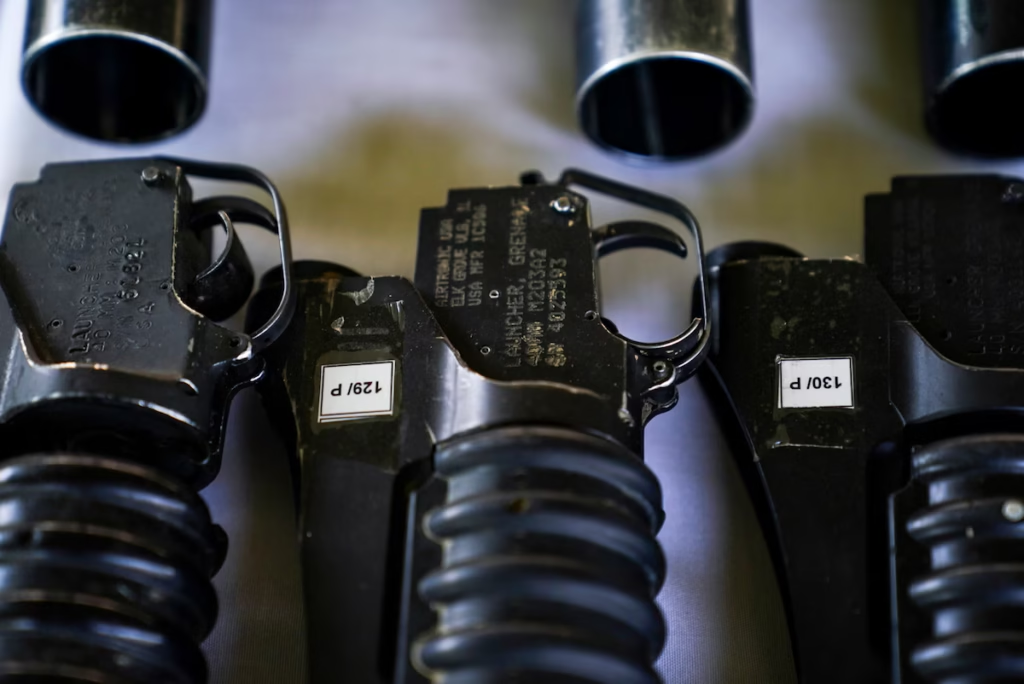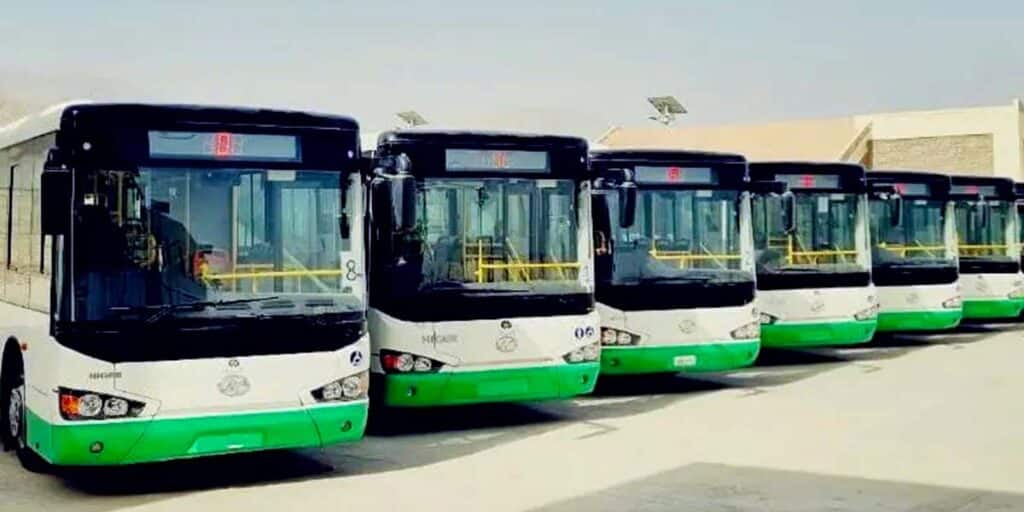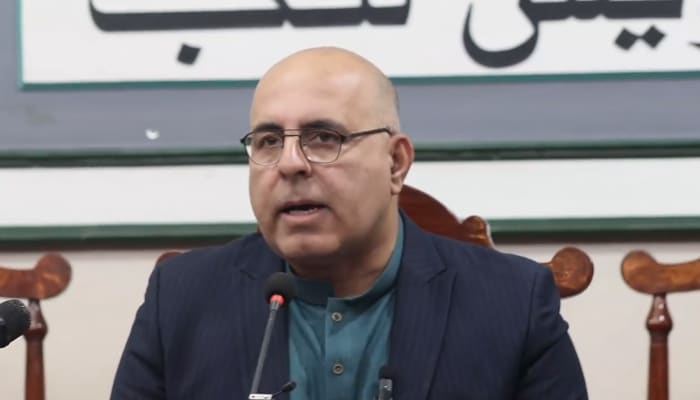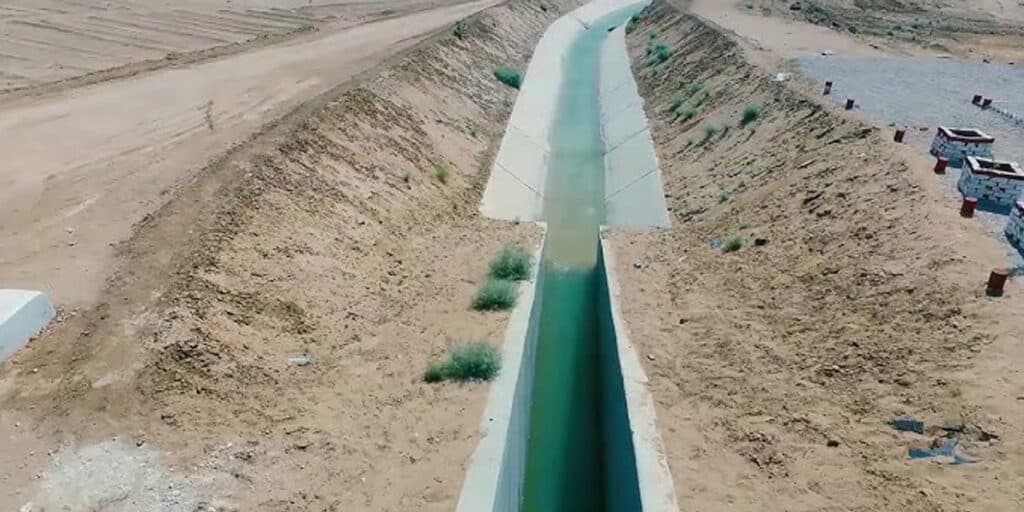ISLAMABAD: The legacy of late Nawab Akbar Bugti, one of the most prominent tribal chiefs of Balochistan, continues to create debate about the province’s development and the role of its leadership. Bugti, who became the head of his tribe in 1946, remained a dominant political and tribal figure until his death. He also served as Governor and twice as Chief Minister of Balochistan.
In this regard, there are several critics argue that Bugti dil little to improve conditions in Dera Bugti, his home district. In this sense, his own children studied at elite institutions such as Atichison College and Oxford University, Dera Bugti today remains one of the most underdeveloped areas in Pakistan.
In this sense, Balochistan was allocated Rs. 956 billion. So far, nearly 13 percent amounting to Rs. 125 billion came from the province’s own resources. The federal government contributed around Rs. 831 billion, which included Rs. 162 billion from gas and oil royalties and an additional Rs. 73 billion for development projects.
So far, much of this financial share is derived from the earnings of other provinces, especially Punjab, yet slogans such as “Punjab is consuming Balochistan’s wealth” continue to circulate.
Furthermore, the real question, analysts argue, is where this massive amount of nearly Rs. 1 trillion is being spent. Despite billions allocated each year, living standards in many districts remain alarmingly low. Meanwhile, reports suggest that influential tribal leaders from Balochistan own expensive properties in Lahore, Karachi, and Islamabad, with lavish residences and luxury vehicles often linked to them.
Also Read: Balochistan launches province-wide tree plantation drive from Kalat
However, this contrast between the poverty of ordinary Baloch citizens and the wealth of their tribal elites raises serious questions about governance, accountability, and equitable use of resources.





